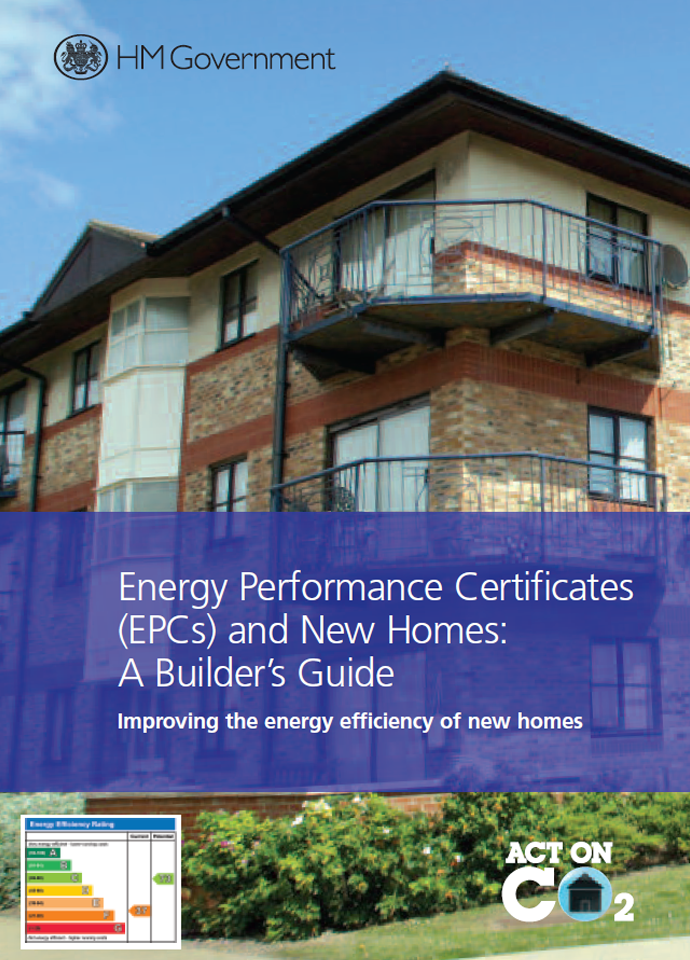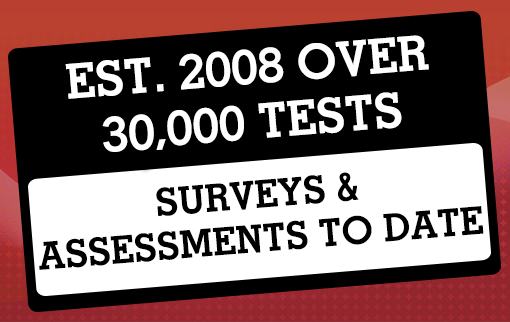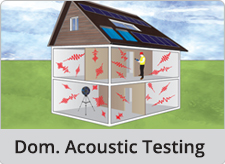Offices Nationwide
• Glasgow
• Newcastle
• Manchester
• Portsmouth
• Wakefield
• Sheffield
• Birmingham
• Wrexham
• Cardiff
• Peterborough
• Milton Keynes
• London
• Plymouth
• Anglesey
• Glasgow
• Newcastle
• Manchester
• Portsmouth
• Wakefield
• Sheffield
Hatton - Server Room Testing - 0121 381 0129
The office that covers this area is: Birmingham
Phone Number: 0121 381 0129 Email: hatton@e2consultants.co.uk
Our other services include:
Server Room Testing can also be known as:
Fire Suppression Testing, Room Integrity Testing, Fire Suppression Room Integrity Testing,


Copyright 2025 E2 Specialist Consultants Limited
Company No. 06728970










































